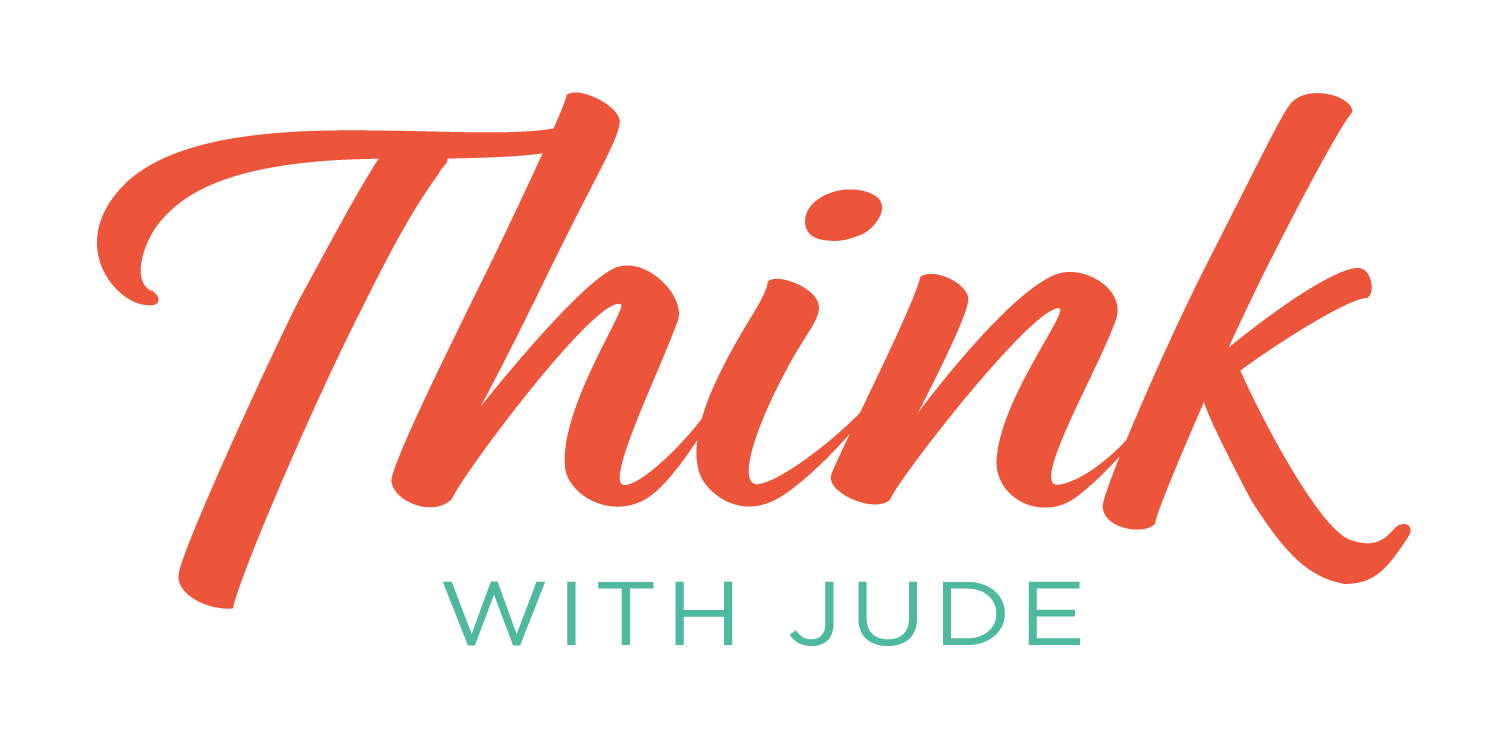A Framework For More Effective Development Conversations
Many of the managers I coach want the same thing.
To be able to have more effective development conversations with their direct reports.
Because when your team improve in performance, confidence and self-sufficiency – it frees you up to do the things that excite you, that are currently languishing at the bottom of your to-do list.
So here’s a framework that can help.
I call it the Coaching Triangle, at least for now. The name has been evolving since I first came up with it in 2020.
Now I know many managers think they ‘should’ be coaching their teams more often, but they dismiss it as something that takes up too much time.
I want to dispel that myth.
As a busy Manager, coaching works best when you use it as part of your day-to-day conversations. You don’t need to spend hours with someone to see performance improvement. You just need a subtle shift in the way you have conversations with your team.
Where do I start?
With a question that starts with what or how. Something like:
- What’s on your mind?
- How’s the project going?
As soon as you’ve uttered those words use the Coaching Triangle to hold back your own desire to fix their problem.[/fancy-ul]
Tell me more ?
Attention is at the top because it is the most important element to a development focused coaching conversation. Actually it’s the most important element in every conversation.
When was the last time you got to talk completely uninterrupted, where the other person’s attention was 100% on you and not divided by checking their phone?
I’m going to make a big assumption here and guess not often.
And I hope I’m very wrong.
When you’re giving someone 100% of your attention, it looks like this:
- Putting aside or moving away from distractions
- Not interrupting
- Listening with curiosity rather than to reply
- Being at ease and holding eye contact (or an alternative sign of respect in your culture)
- Not taking notes
- Holding back your thoughts and opinions for a little longer than usual
To help you with that last one there are two options you can use once they have finished speaking:
-
Ask the person to “Tell me more…”
-
Summarise back what you’ve heard, using their words as much as possible.
Here’s what it looks like in action
This is an example of how I used the Coaching Triangle in a 5 minute demonstration I did back in 2020:
I started with: What’s on your mind?
Attention
Summarise
Attention
Tell me more
Attention
Tell me more
Attention
Summarise
Attention
Tell me more
Attention
Summarise
Attention
Following the Triangle helps you to manage the overwhelming urge we often have to solve other’s problems for them. That encourages dependency.
Using the Triangle encourages self-sufficiency because the more confident your team become in figuring stuff out the more likely they are to do it without you. And the more confident you become in their abilities.
There is no set number of times to go up and down, each conversation is going to be different. That said, as guide try to use both options at least once before asking a question or sharing your thoughts.
If you liked this you might also like:
- The question that changes everything – a way to help your team get past their limiting assumptions.
- The brain that contains the problem, contains the solution – and your expectation of what someone is capable of often comes true
- The best questions start with ‘WHAT’ – questions you can use in your development conversations




